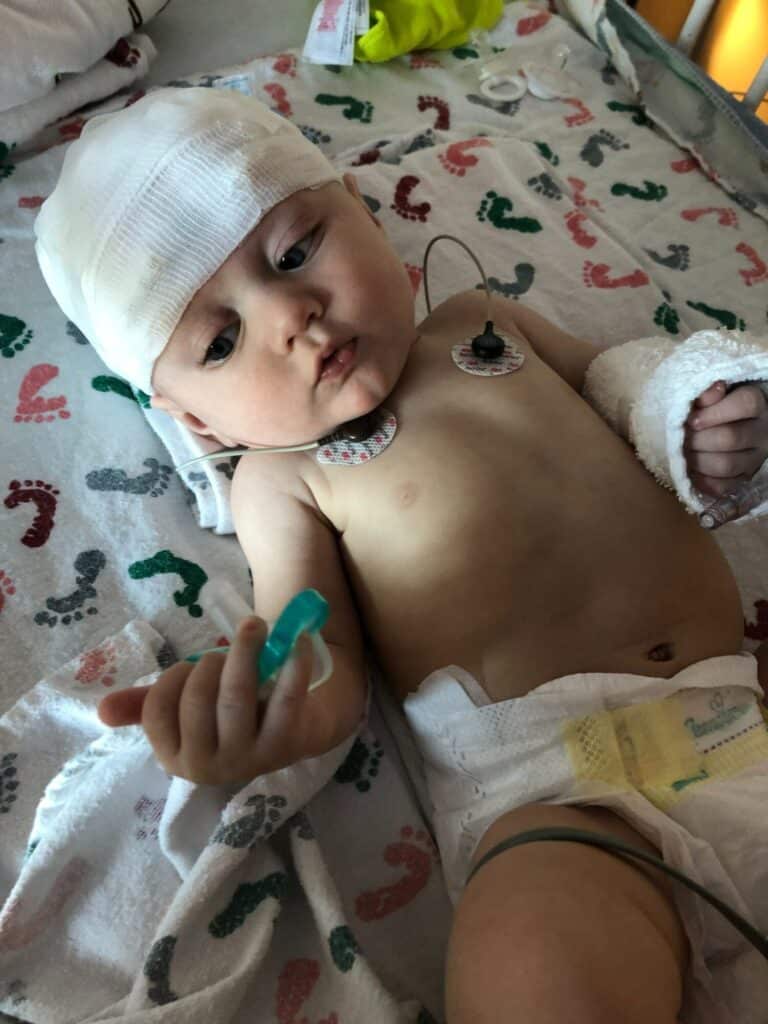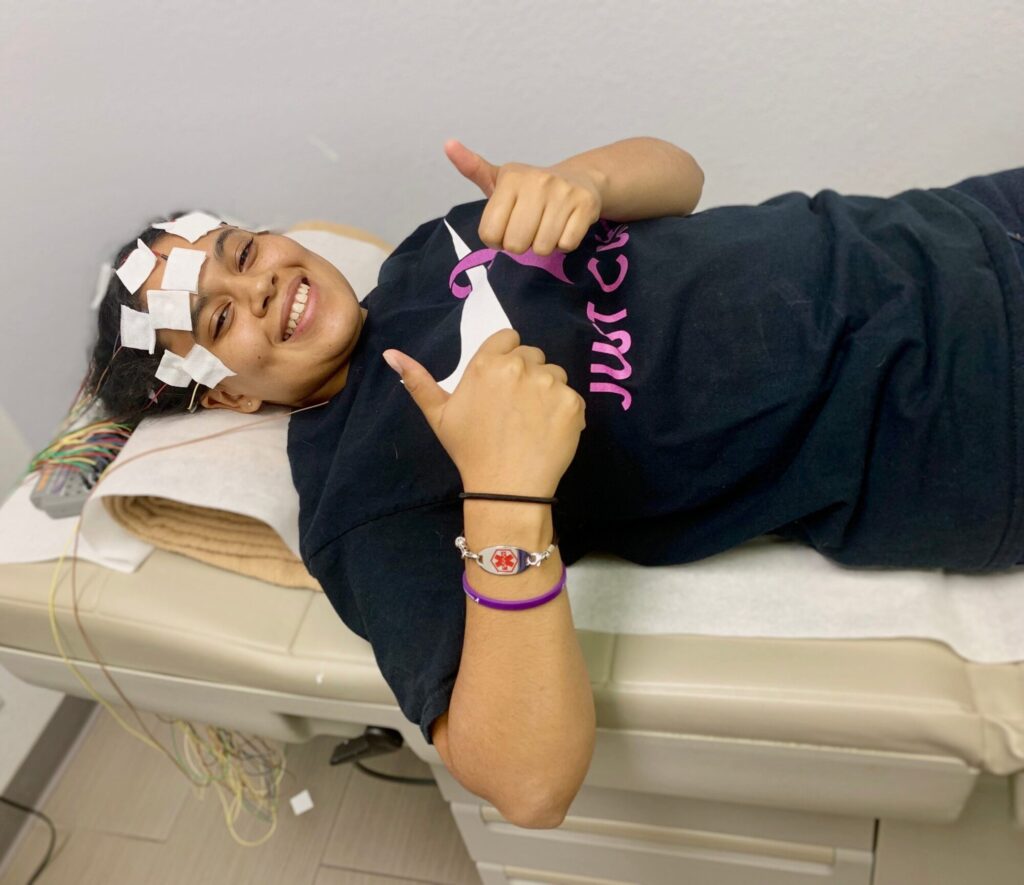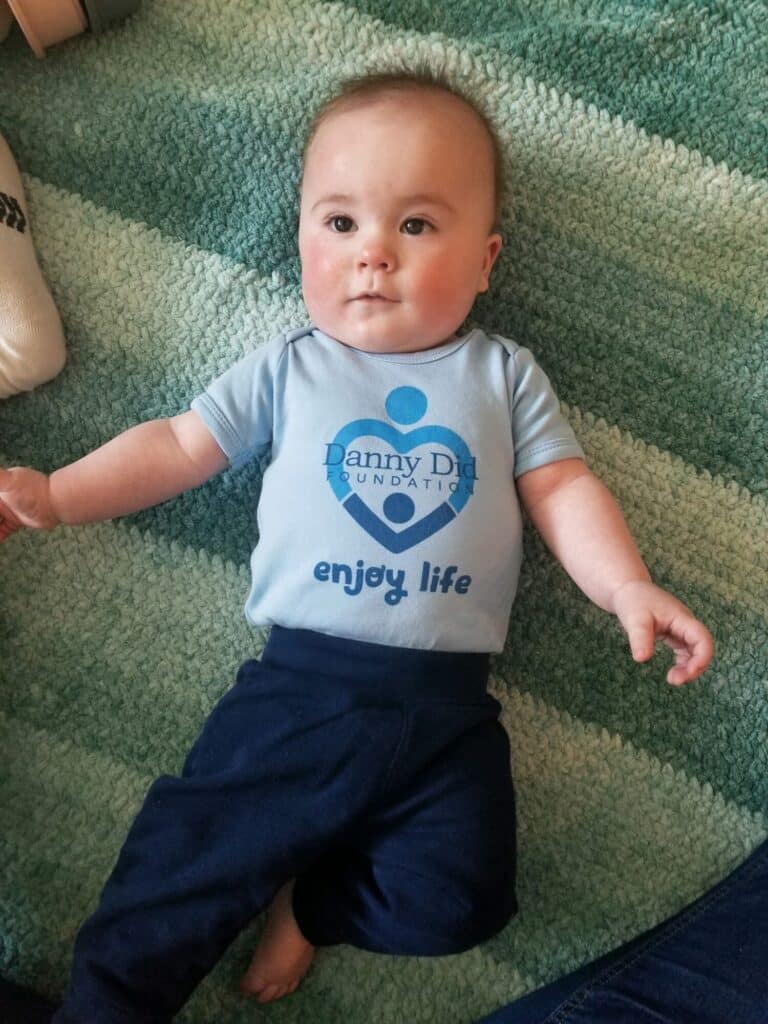Patients & Caregivers

For the latest information related to epilepsy, its treatment, and related morality issues, the Danny Did Foundation engages physicians and researchers, collaborates with epilepsy organizations, and meets with medical technology companies. Below are resources for patients and caregivers who are impacted by epilepsy.
Finding a Specialist:
About one-third of people who face epilepsy do not have their seizures controlled by medication or other therapies. For those patients especially, it is important to seek treatment from an epilepsy specialist, called an epileptologist. You can search for a specialist and locate the epilepsy center nearest to you by
Finding an Alerting Device:
Considering an alert device? Click below to learn about epilepsy technology, products and factors to consider, and our device grant funding program.
Informational Brochures

Addressing A Seizure: Steps To Take
A simple blueprint on how to respond to a seizure, useful for family members, students and colleagues. Use this PDF file to post and share in a business or a classroom.

Patient Education Materials on SUDEP
Danny Did co-created these materials with the Child Neurology Foundation and the Epilepsy Foundation that help to access SUDEP risk level. We encourage a conversation with your neurologist to determine whether the low risk or high risk SUDEP information sheet is most applicable to your loved one. These materials are available in both English and Spanish.
*To request hard copies of any of these brochures for an event, business, hospital, doctor’s office, school or family and friends, please email info@dannydid.org.
Types of Epilepsy:
Worldwide, epilepsy impacts 65 million people across a spectrum of nearly 30 syndromes, sometimes referred to as “the epilepsies”.
Epilepsy Syndromes:
There are many specific syndromes that fall under the umbrella of epilepsy. You can view a list of those syndromes here.
Infantile Spasms:
Infantile spasms (IS) is a rare seizure disorder that occurs in young children, usually under one year of age. The average age of onset is around four months, but some children may experience spasms as early as one month. IS often has a very subtle appearance, so it is difficult for parents to recognize that it is a serious problem. Receiving treatment for IS as early as possible is extremely important. Watch this 2-minute video to see and learn about IS. For more information, visit the Child Neurology Foundation.
Treatment of Epilepsy:
Epilepsy Medications:
Seizure medications – also known as antiepileptic drugs (AEDs) – are a common treatment for epilepsy. View this list of seizure medications.
Questions To Ask at The Doctor's Office:
- Whether you’re going in for your first appointment or you have been to several, it is beneficial to prepare in advance to help make the best use of your visit.
- What is the exact diagnosis?
- What is likely causing the seizures?
- What are the treatment options, and what are some alternative approaches?
- What side effects can be expected with treatment, and how can they be managed?
- What kinds of tests do we need, and would more frequent testing help?
- Should we see an epileptologist?
- Ask about seizures that occur during sleep.
- What types of devices exist that can alert a caregiver when seizure activity occurs?
- Ask about MRI tests, both with and without contrast.
- Ask the doctor to discuss the risks presented by epilepsy, including SUDEP.
- What should prompt a call between scheduled visits?
- From Duke University (in collaboration with Danny Did): A question prompt list to use with your doctor about SUDEP
Studies have shown that diet can improve seizure control in people who have epilepsy. The common feature of these diets is that they eliminate sugar and all sweets. Visit this webpage from the Epilepsy Foundation to learn about adjusting nutrition to affect seizure control.
Nutrition and Diet:
The ketogenic diet is a high-fat, no sugar, low-carbohydrate diet that is used to manage epilepsy in patients who do not respond to medication. It was designed to mimic the metabolic state of fasting, where the body burns body fat for fuel in the absence of its preferred energy source, carbohydrate. Like devices, this diet is another area of treatment to ask your doctor about. My Keto Planner is a free online resource where patients and parents can find new recipes and meals for the ketogenic diet, and gain inspiration from other parents who are using the diet.
For general information on ketogenic therapies, visit the website of The Charlie Foundation. To watch a video that gives an overview of the diet from Dr. Jeff Buchhalter, click here.



